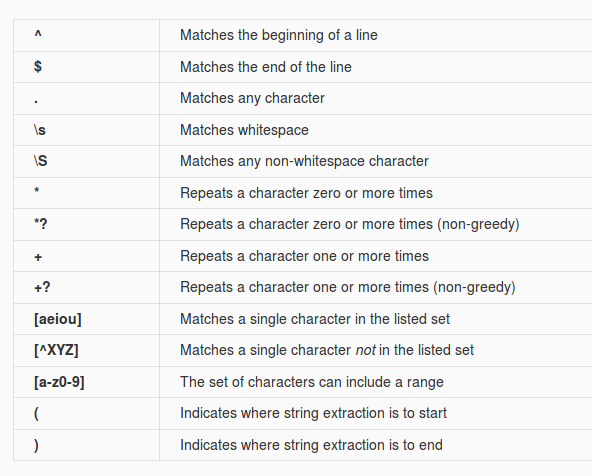
- #DOCS2 ACTIVESTATE ACTIVEPYTHON PYTHON INDEX MAC OS#
- #DOCS2 ACTIVESTATE ACTIVEPYTHON PYTHON INDEX PATCH#
- #DOCS2 ACTIVESTATE ACTIVEPYTHON PYTHON INDEX CODE#
- #DOCS2 ACTIVESTATE ACTIVEPYTHON PYTHON INDEX FREE#
For named style, it can be either a sequence or dict instance. For qmark style, seq_dict must be a sequence. "A statement may use one of two kinds of placeholders: question marks (qmark style) or named placeholders (named style). Possible text that encompasses the above, replacing the last sentence:

A UserDict is treated as a sequence and raises KeyError(0). If names are used, seq_dict can be either a sequence or dict or subclass thereof. If question marks are used, seq_dict must be a sequence. Only one placeholder style can be used in a given SQL statement string. It is positional only, so whatever name is used is a dummy.
#DOCS2 ACTIVESTATE ACTIVEPYTHON PYTHON INDEX CODE#
The sqlite3 module supports two kinds of placeholders: question marks (qmark style) and named placeholders (named style)."Įxperimental facts based on experiments with the code example in the doc, using 3.4.b2: 'parameters' is a single subscriptable collection parameter, sequence or dict, that might be called seq_dict. The SQL statement may be parametrized (i. Versions: Python 2.7, Python 3.1, Python 3.2, Python 3.3, Python 3.4, Python 3.5Įxecutes an SQL statement. These comments apply, with a number of variations, to most built-in functions index entries. Where double-clicking the first line goes to the max() definition Having an entry (1) that does nothing when double-clicked.ĭouble-clicking (2) takes us to a reference rather than a definition. Having 3 rows (1, 3, 6)that begin with max. The following all lead to confusion and frustration: Example (line numbers added for comments that follow): Inconsistencies / confusion with documentation Index Tab. Title: imp.find_module does not specify registry key it searches on windows
#DOCS2 ACTIVESTATE ACTIVEPYTHON PYTHON INDEX PATCH#
I actually didn't know the registry key is listed in "using Python on Window" guide until I grepped for PythonCore (which kind of requires to know the key already) - so I'm submitting a patch that cross references find_module docs and using Python on Windows guide. ".on some systems some other places are looked in as well (on Windows, it looks in the registry which may point to a specific file)." If so, it may be worth mentioning in the tutorial.Īssignee: Documentation, Interpreter Core This may be the sort of thing that only a newbie would even think to try, so may not be worth fixing. puts it in a state where it expects \d+ and it can't handle \w+ This *looks like* a minor error in the parser, where seeing \d+\. When my son (!) suggested that I try (3)._class_, I did indeed get, while (3,)._class_ gave.

Yet, "foo"._class_ worked, as did 3j._class_ and 3.5._class_. Customizable support program and optional legal indemnification.ĪctivePython OEM: Redistribution rights for ActivePython with optional support and legal indemnification.ĪctiveState is one of the most well known and one of the longest running suppliers of Python distributions, tools, and support.The tutorial says "Each value is an object, and therefore has a class (also called its type).


Per-server licensing and support.ĪctivePython Enterprise Edition: For large enterprises with mission critical applications.
#DOCS2 ACTIVESTATE ACTIVEPYTHON PYTHON INDEX FREE#
Several versions of ActivePython are available:Ĭommunity Edition: Free distribution, ideal for community developers with open source projects.ĪctivePython Business Edition: For SMB and government with business critical applications. PyPM Index shows which modules are available on various platforms, and allows you to search by package name, author, tag, or what the module imports. It includes numerous useful modules in addition to the standard libraries and allows for quick installation of additional modules via PyPM (Python Package Manager).
#DOCS2 ACTIVESTATE ACTIVEPYTHON PYTHON INDEX MAC OS#
ActivePython from ActiveState is a commercial-grade, quality-assured Python distribution focusing on easy installation and cross-platform compatibility on Windows, Linux, Mac OS X, Solaris, HP-UX and AIX.


 0 kommentar(er)
0 kommentar(er)
